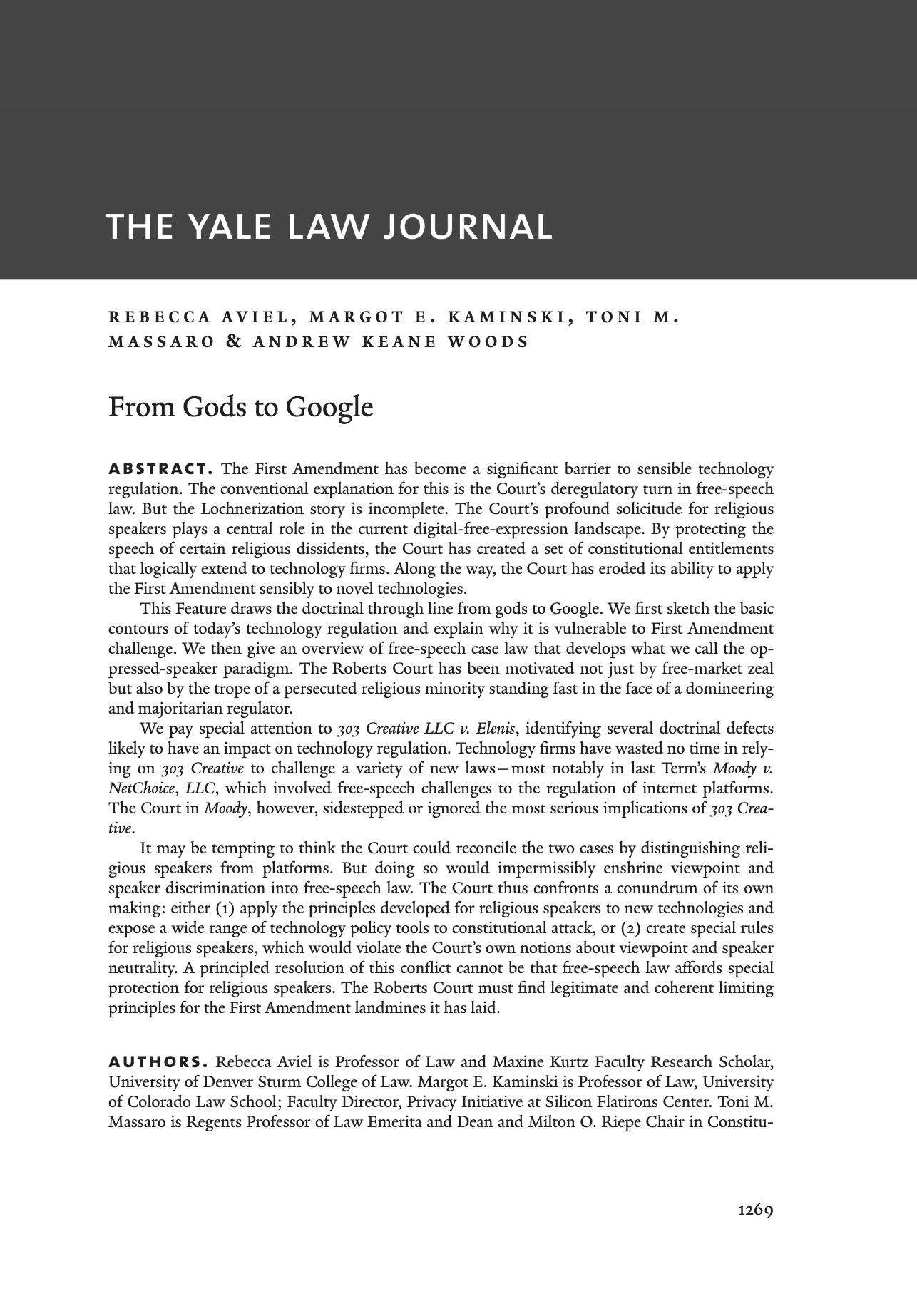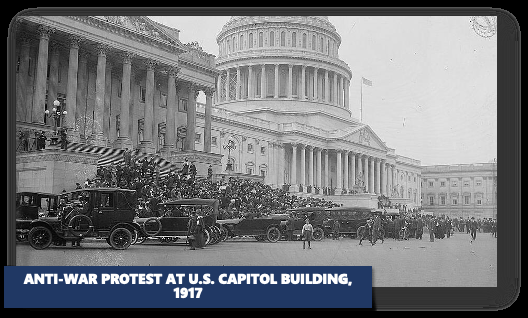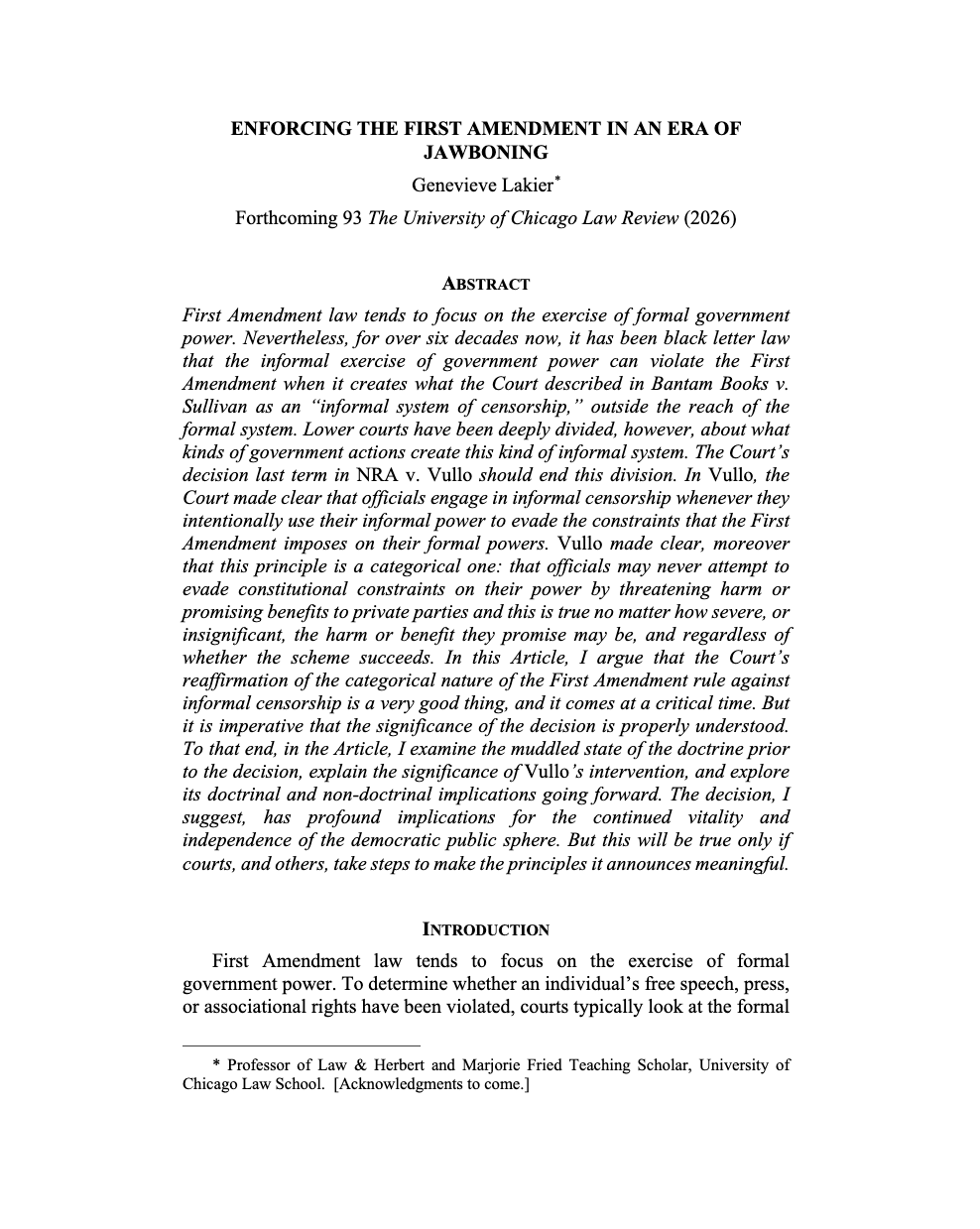THEN Strict Scrutiny Required
- Compelling government interest
- Narrowly tailored regulation
- Least restrictive means used
THEN Forum Analysis Required
THEN Intermediate Scrutiny
- Must be subject AND viewpoint neutral
- Narrowly tailored, important interest
- Leaves open alternative channels
THEN Rational Basis
- Must be viewpoint neutral
- Reasonably related to legitimate purpose





























